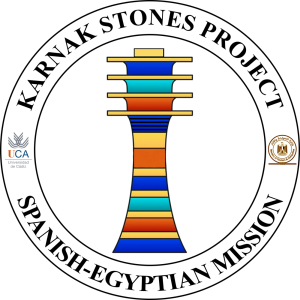Seminario en Madrid – Karnak Stones Project
Seminario en Madrid - Karnak Stones Project (en español) - AEDE Web
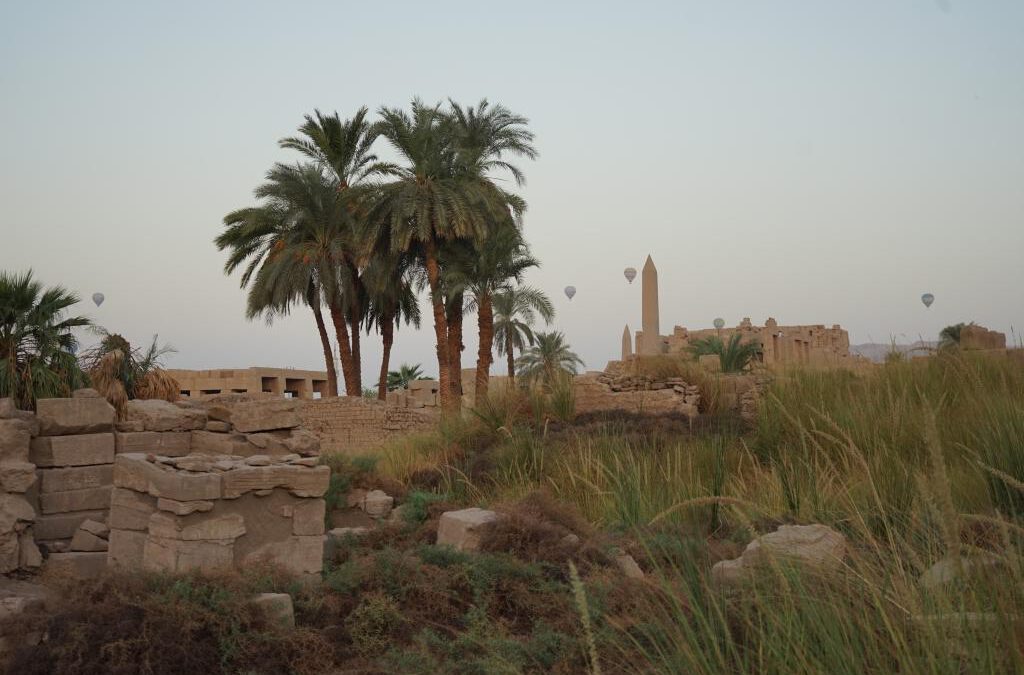
What’s Next for the Karnak Stone Project?
As our 2024 season draws to a close, the work at the Karnak Temples is far from over. The ongoing conservation of this ancient marvel is a long-term mission, and we are already laying the groundwork for the next phase of our efforts. Our commitment to preserving Karnak’s historical and architectural legacy remains steadfast, and the...
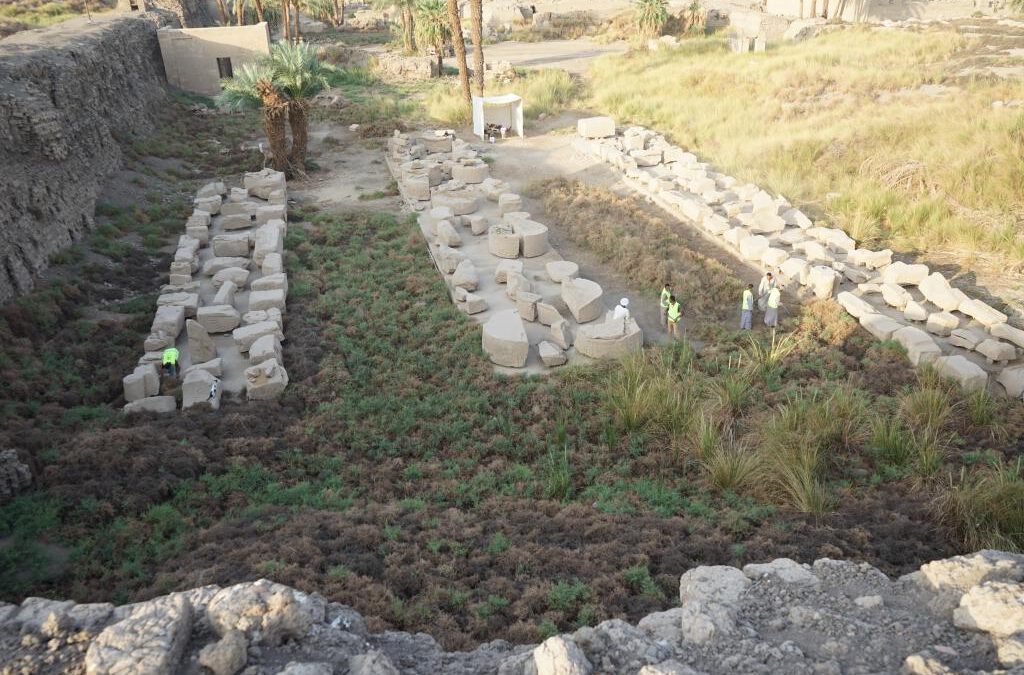
Plant Removal (an important for Conservation at Karnak Temples)
Clearing invasive plants at the Karnak Temples was a critical step not only for maintaining the aesthetic beauty of the site but also for ensuring its long-term preservation. The process went far beyond mere landscaping, it was a key conservation effort aimed at protecting the structural integrity of the temple’s ancient stonework....
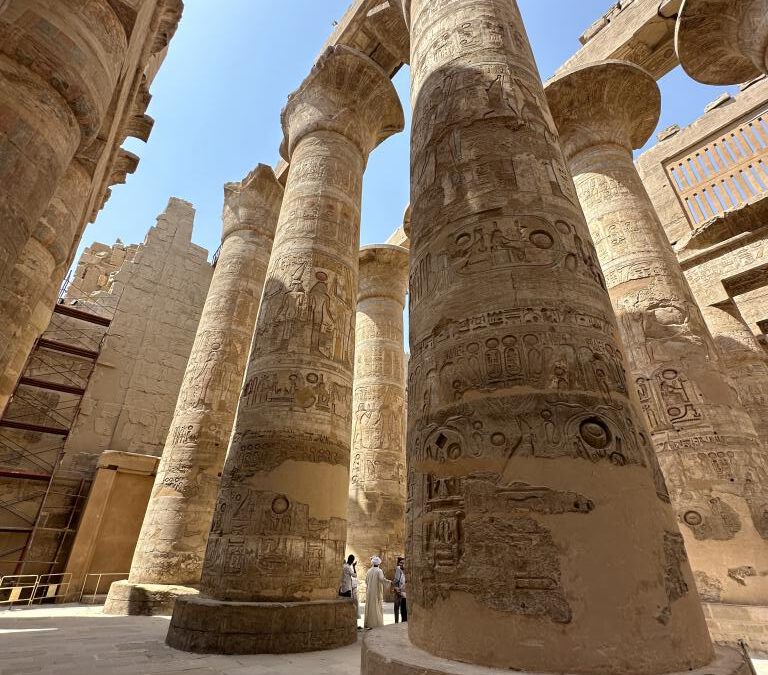
Bringing History to Life with Digital Models
Thanks to the combination of photogrammetry and 3D scanning, we've been able to create highly detailed digital models of the stone blocks at the Karnak Temple. These models are not just digital representations, they serve as powerful tools for preserving the past and bringing it to life in innovative ways. Photogrammetry, which involves...
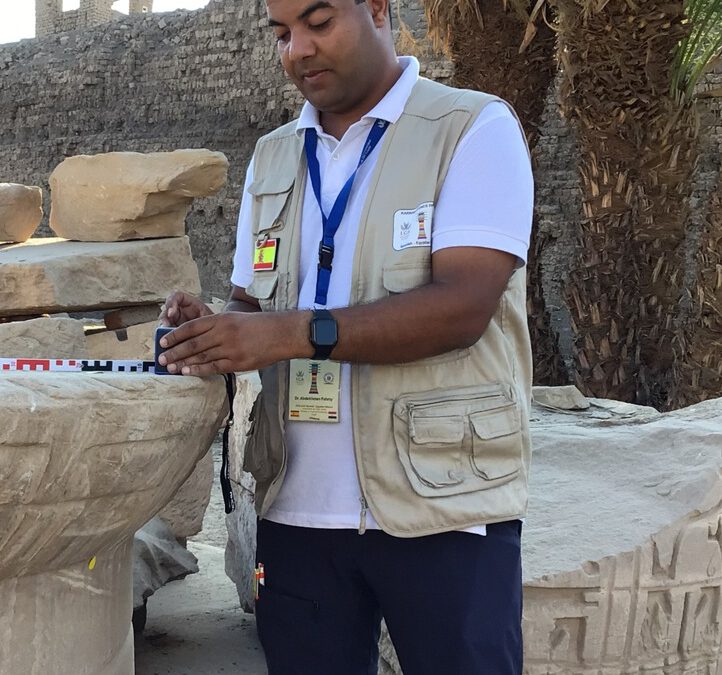
The Hidden World Inside the Stones
Ultrasonic testing and thermal imaging have opened up an entirely new perspective on the hidden world inside the stones at the archaeological site. These advanced techniques are revealing hidden internal fractures and areas of moisture accumulation that are not visible to the naked eye. Such invisible vulnerabilities in the stonework...
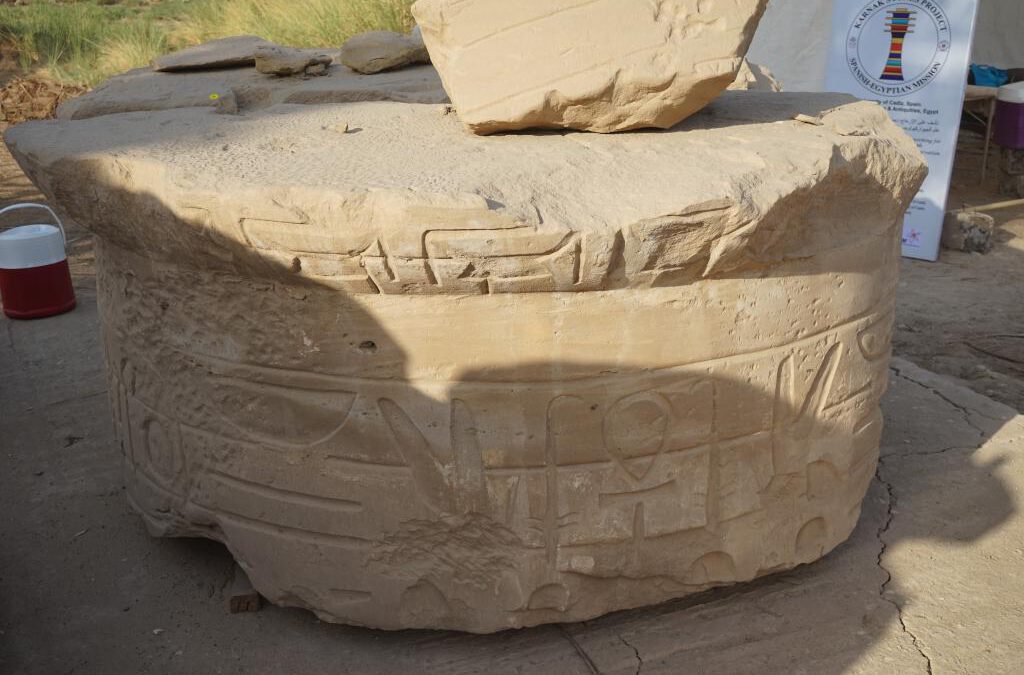
The Science of Stone Decay at Karnak Temples
Ancient stones like those that form the magnificent temples of Karnak, are remarkable in their ability to withstand centuries of history. However, even the strongest materials are not impervious to the ravages of time. Our analysis of the stone blocks at Karnak has revealed that several environmental factors contribute to the gradual...
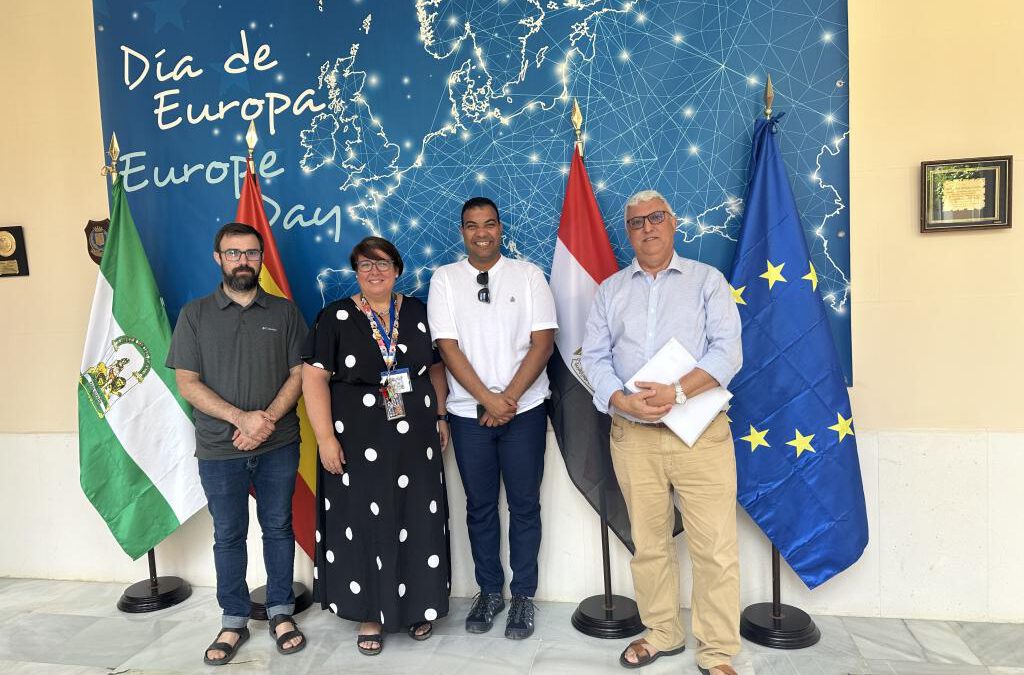
Collaboration is Key to Karnak Preservation
Preserving Karnak is not just the work of one team or one nation; it is a collective effort that bringstogether experts, archaeologists, and institutions from around the world. The monumental task ofconserving and studying one of Egypt’s most iconic ancient sites requires diverse expertise andresources. That’s why our work at Karnak is...
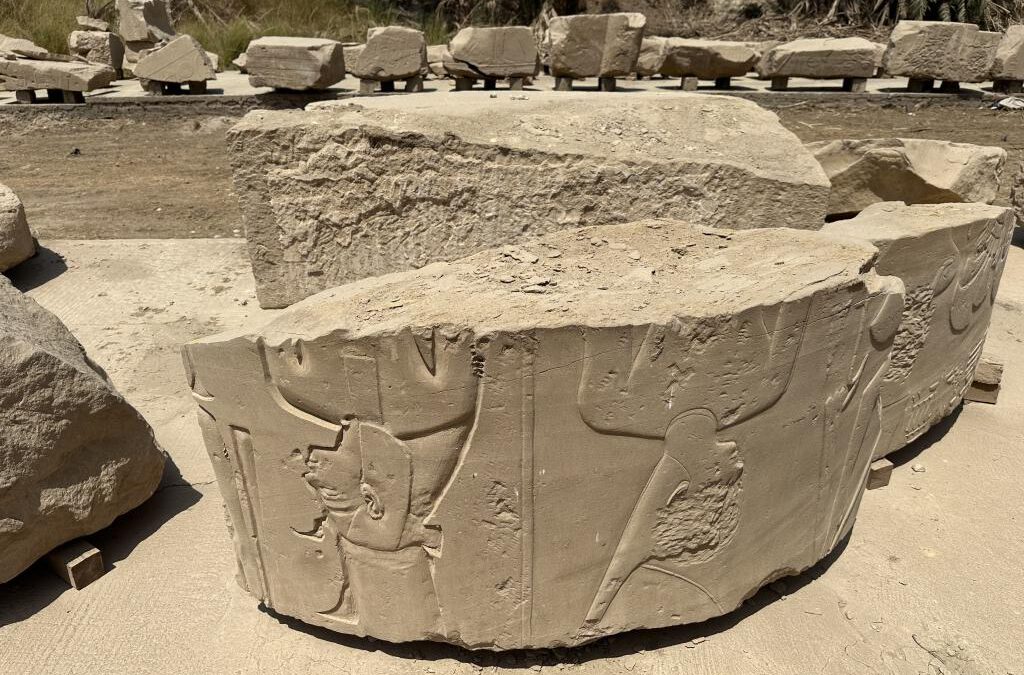
Linking the Blocks to the Great Hypostyle Hall
One of the most exciting aspects of Karnak stones project team at Karnak is the process of linkingindividual blocks to their original locations within the Great Hypostyle Hall, one of the most iconicfeatures of the temple complex. Through meticulous documentation and historical comparisons,we've been able to trace several blocks back to...
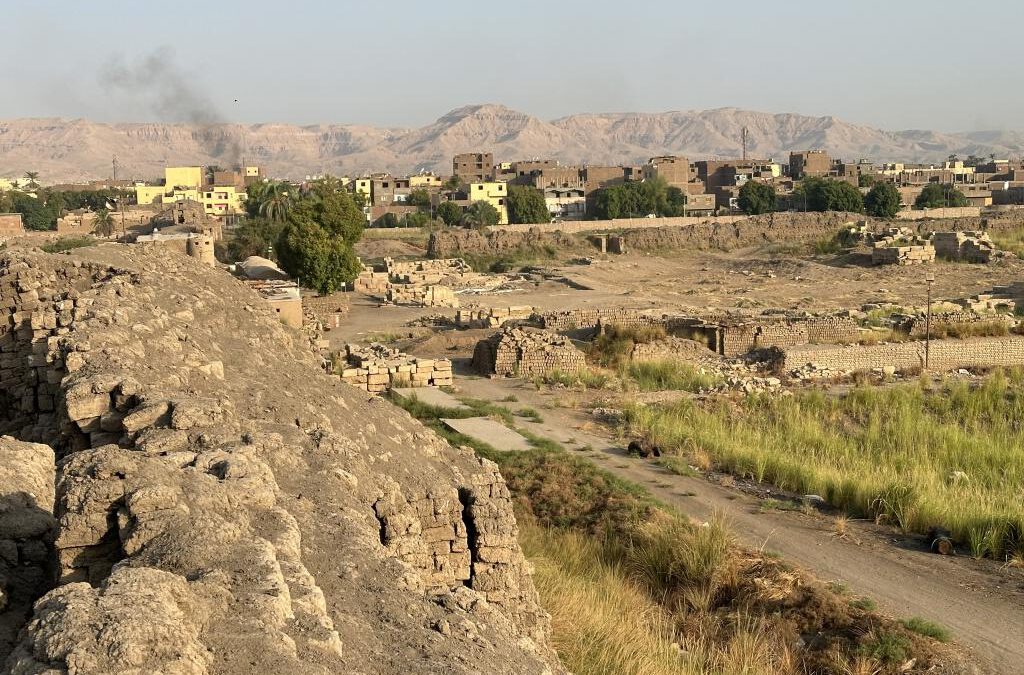
Mitigating Salt Damage with the Karsten Tube Test
Salt crystallization is one of the most persistent and damaging threats to the preservation ofsandstone structures at Karnak. Over time, moisture from the environment seeps into the stone, andwhen the water evaporates, salts trapped within the stone can crystallize. These salt crystals canexpand, causing internal fractures and surface...
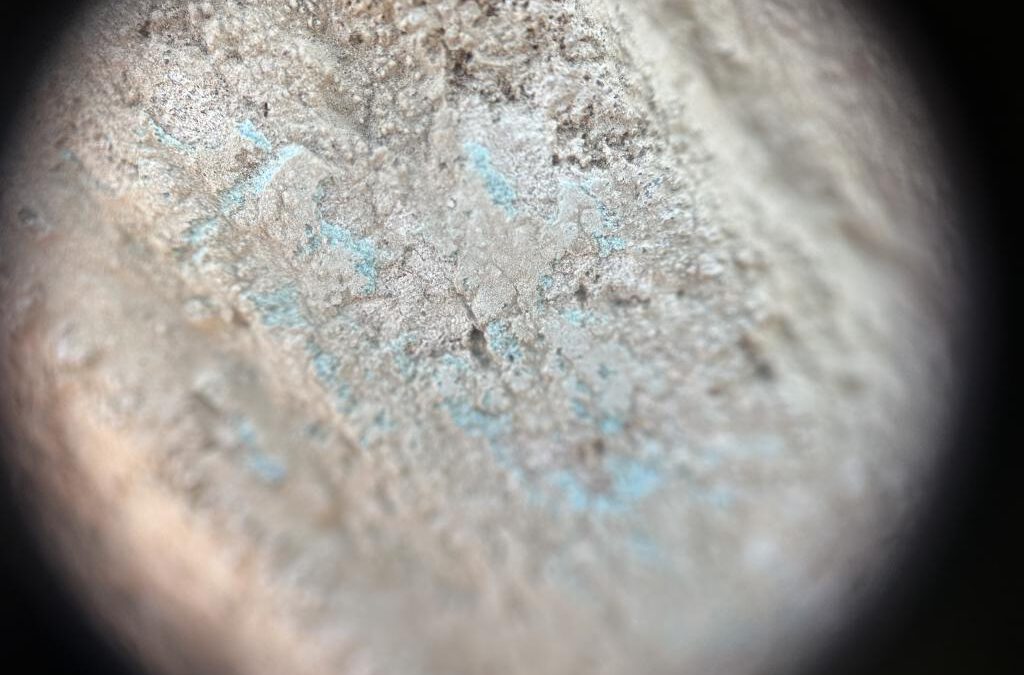
A Closer Look at Ancient Pigments at Karnak Temples
s we carefully examine the stone blocks at Karnak, we’ve discovered remnants of something truly remarkable: traces of the vibrant pigments that once brought the temple walls to life. These ancient hues, red, blue, yellow, and black, offer a rare glimpse into the artistry and craftsmanship of ancient Egyptian civilization. The pigments,...
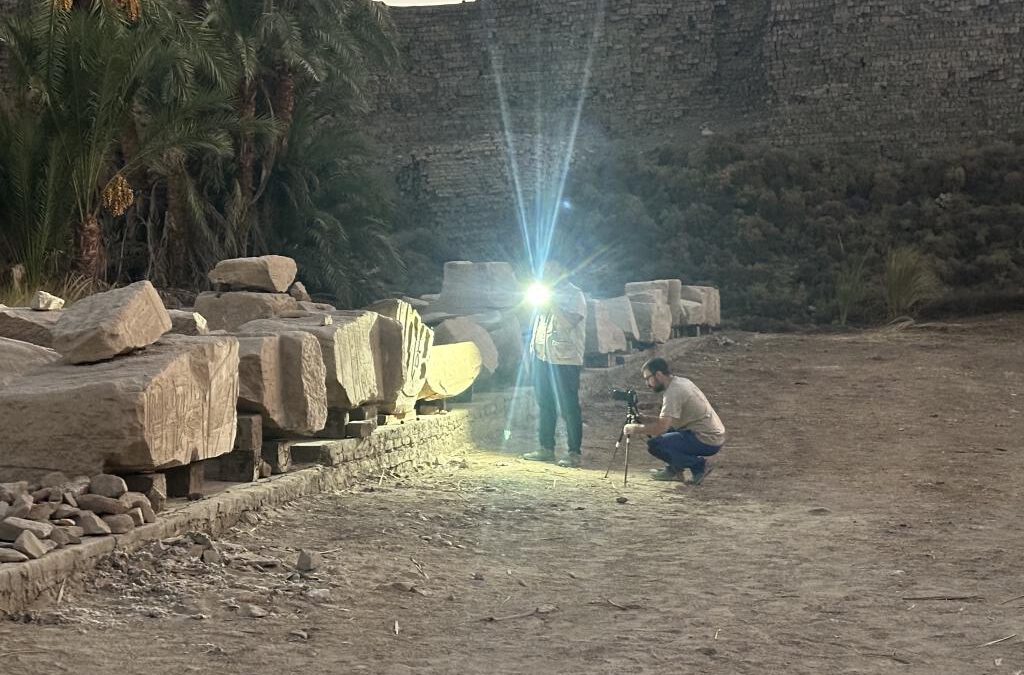
The Power of Reflectance Transformation Imaging (RTI)
At Karnak, every stone block has a story to tell (Every scratch and groove tells a story), but many ofthese stories are hidden beneath layers of weathering and time. To reveal these concealed details, weturned to an extraordinary technique: Reflectance Transformation Imaging (RTI). This cutting-edgemethod allows us to capture the finest...

Preserving Karnak for Future Generations
Our work at Karnak goes far beyond the technical aspects of studying and conserving ancient stones.It’s a deep commitment to preserving a cultural legacy that has stood for millennia, connecting past,present, and future generations. Each step we take, from documenting every crack in the stones toscanning each block and removing invasive...
The Role of 3D Scanning and Photogrammetry
In the world of archaeological conservation, technology has become an invaluable tool, and atKarnak, 3D scanning and photogrammetry have revolutionized the way we document and preservethe ancient stone blocks. These cutting-edge techniques allow us to create incredibly detailed andaccurate digital...
Detecting Damage with Ultrasonic Testing (UPV)
When it comes to preserving ancient structures like those at Karnak, detecting hidden damage withinthe stones is just as important as preserving their visible surfaces. To achieve this, we employedultrasonic pulse velocity (UPV) testing, a powerful non-destructive technique that allows us to assessthe internal health of the stone blocks...
Hidden Histories (Microscopic Analysis of the Stones)
Beneath the surface of each stone at Karnak lies a wealth of geological information, waiting to beuncovered. Through digital microscopy, we’ve been able to explore the intricate details of sandstonesamples from the site, revealing vital clues about the stones' composition and the effects of centuriesof exposure to the elements. The...

Carving Techniques at Karnak Temples
The stone blocks at Karnak are not just relics of the past; they are intricate works of art that speak tothe technical and artistic mastery of ancient Egyptian craftsmen. Among the most fascinating aspectsof these blocks are the distinct carving techniques used to create the elaborate reliefs that adornthem. Two primary techniques stand...
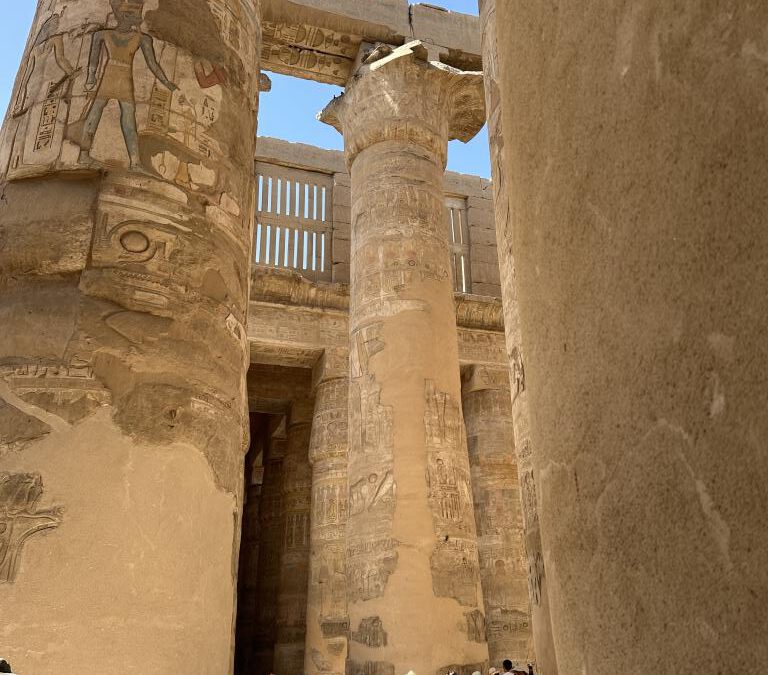
Mapping History; The Power of Planimetry
Precise documentation is the backbone of our preservation work at Karnak, and one of the mostessential tools in this effort is planimetry, the art of mapping the site with exactitude. As we explorethe ancient stones of Mastabas 1, 2, and 3, every block becomes a piece of a puzzle, and it is vital thatwe record each one’s exact location...
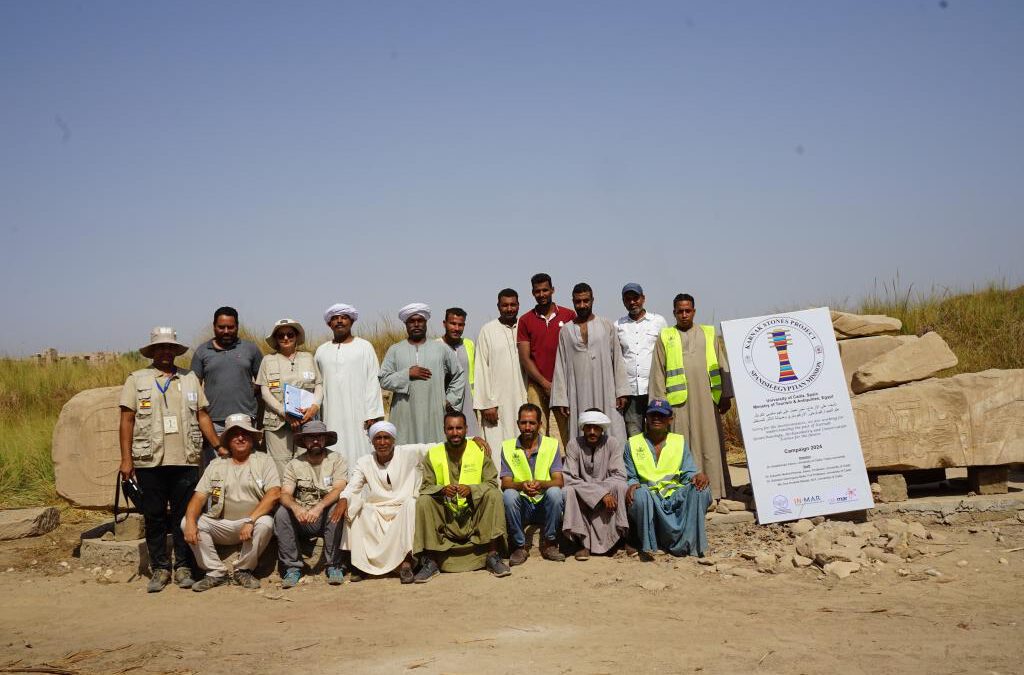
Cleaning and Revealing the Site at Karnak Temples
Over time, nature had begun to reclaim parts of Karnak, with invasive plants like Halfa grass weavingtheir roots deep into the cracks of ancient stone blocks. These plants exerted mechanical pressure,slowly widening fractures, dislodging fragments, and accelerating the weathering of preciousinscriptions and carvings. Left unchecked,...
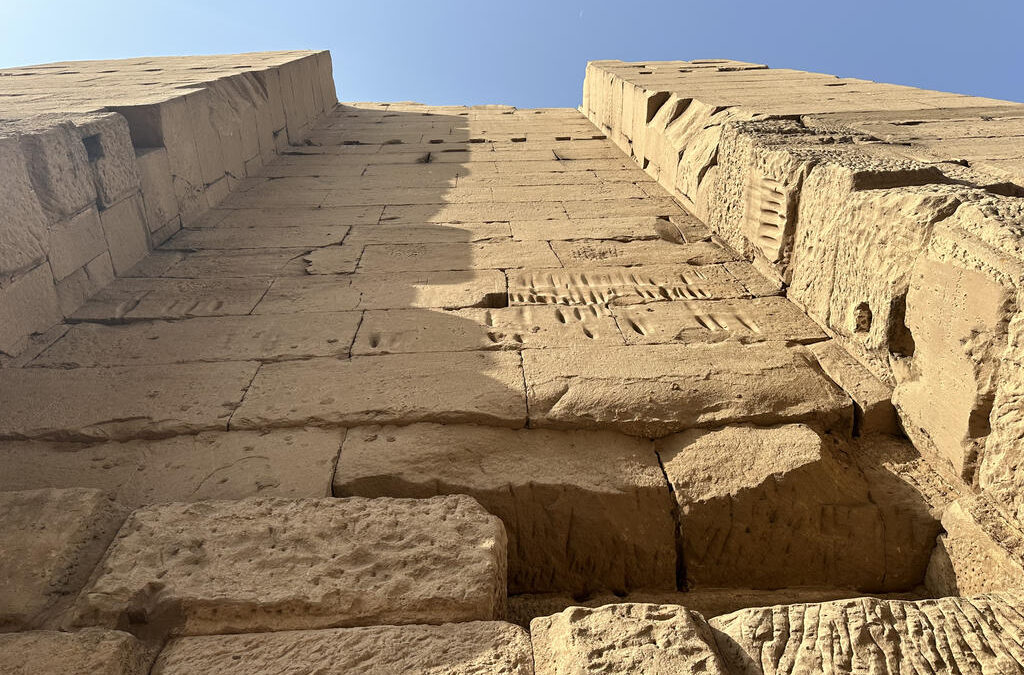
Battling the Elements; Weather Challenges in Luxor, Egypt
Luxor’s unforgiving climate presents a relentless challenge for the preservation of the ancient stoneblocks at Karnak. With daytime temperatures often soaring above 40°C, followed by cooler desertnights, the stones endure constant thermal stress, leading to expansion and contraction that cancause micro-fractures over time. Intense UV...

Uncovering the Past (The Importance of the Scattered Blocks), Karnak Temples
The scattered blocks in the northeast corner of Karnak are more than just remnants of a glorious past,they’re vital pieces of ancient Egyptian history. Many blocks, linked to the reigns of Seti I andRamesses II, still carry traces of colorful pigments and intricate carvings depicting religiousceremonies and historical events. These...
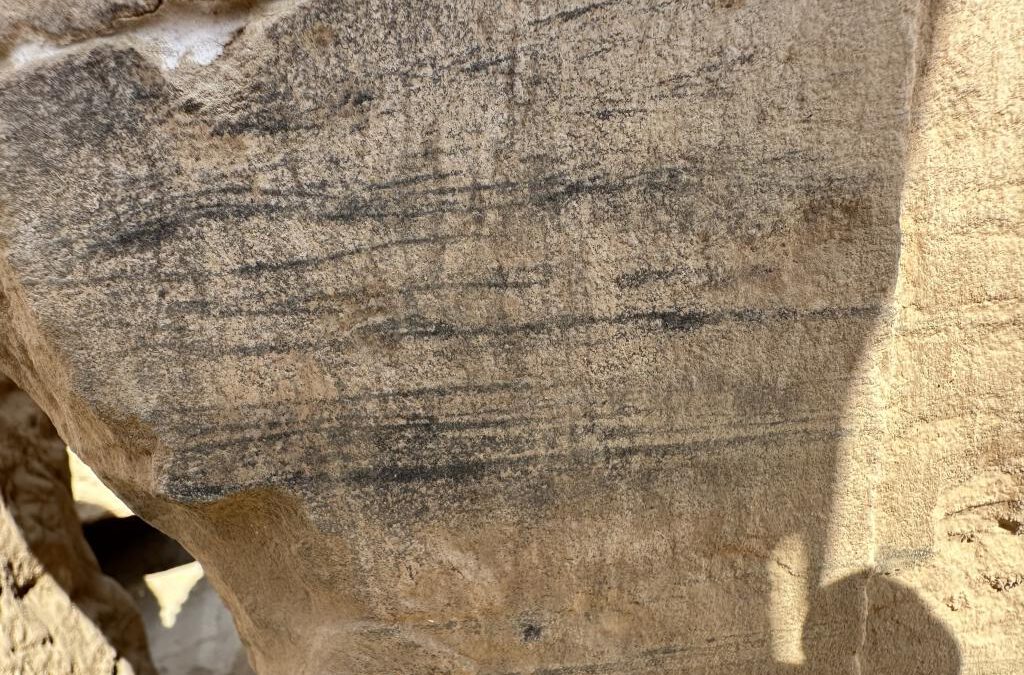
Meet the Team Behind the Karnak Stones Project (KSP)
Preserving Karnak’s ancient legacy takes a dedicated team of experts, each bringing unique skills and passion to the project. Our Spanish-Egyptian joint mission is led by Dr. Abdelrhman Fahmy, Prof. Dr. Salvador Domínguez Bella, Prof. Dr. Eduardo Molina Piernas, and M.Sc. Ana Durante Macías. We’re also supported by a hardworking team of...
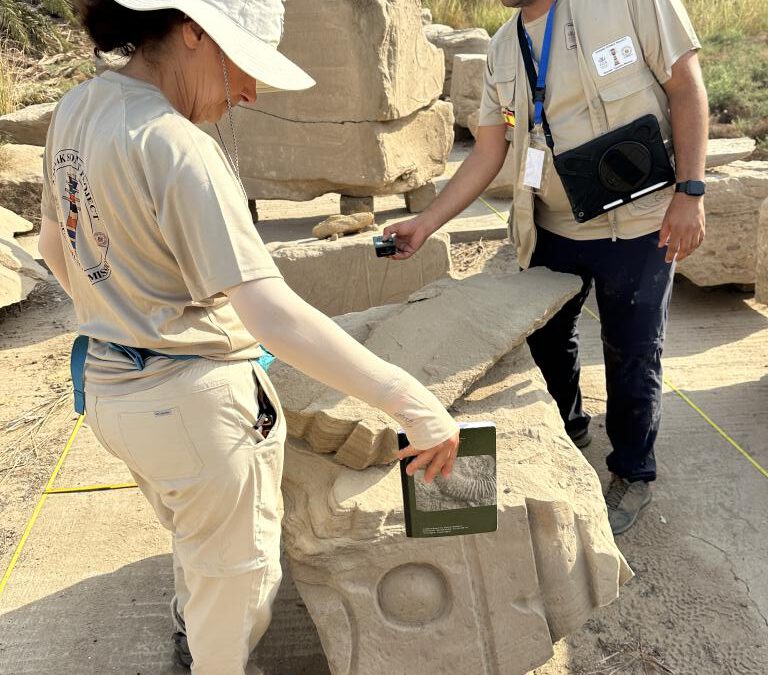
The Beginning of Our 2024 Mission at Karnak Temples, Egypt
The Spanish-Egyptian archaeological mission, led by the University of Cádiz, began its 2024 season at the northeast corner of Karnak, focusing on preserving scattered sandstone blocks that hold centuries of history. These blocks, adorned with inscriptions and carvings, face significant threats from environmental stress, plant...
